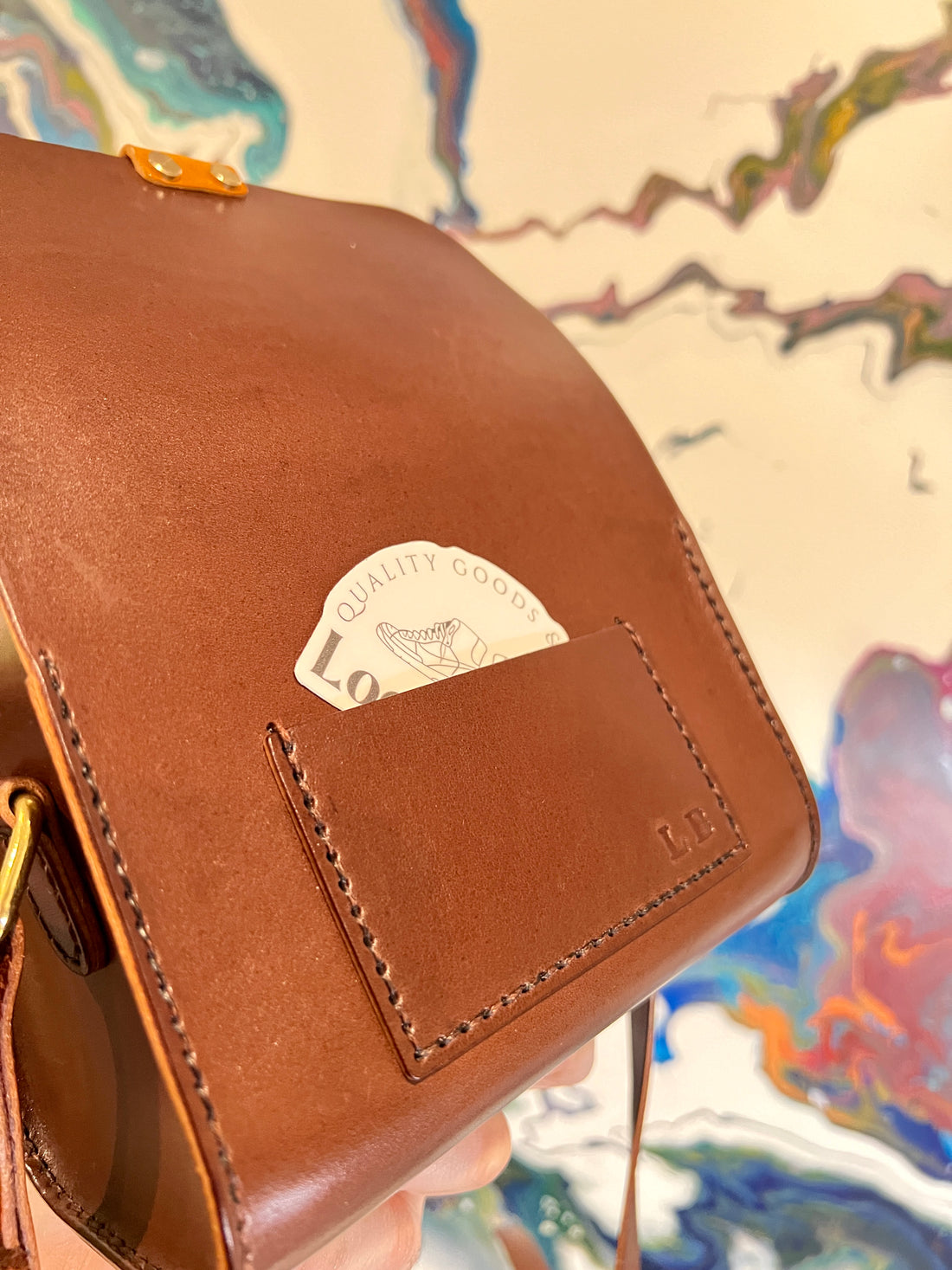
veg tan
Jon ZunigaShare
"Vegetable tanneries" refer to tanneries that specialize in using natural tannins derived from plant sources to tan leather. Here's a deeper dive into vegetable tanneries:
-
Tanning Method:
- Vegetable tanning is a traditional method that involves using tannins found in tree bark, leaves, fruits, and other plant materials to tan animal hides or skins. These natural tannins bind to the collagen fibers in the hide, resulting in a chemical reaction that stabilizes the material and transforms it into leather.
-
Characteristics of Vegetable-Tanned Leather:
- Vegetable-tanned leather is known for its distinctive qualities, including durability, strength, and the ability to develop a rich patina over time. It tends to have a natural appearance with earthy tones and a slightly firm texture. Vegetable-tanned leather is often used in high-quality goods such as footwear, belts, bags, and saddlery.
-
Environmental Considerations:
- Vegetable tanning is generally considered more environmentally friendly compared to chrome tanning, as it utilizes natural materials and fewer harsh chemicals in the tanning process. However, it requires more time, labor, and water to produce compared to chrome tanning, which may impact its overall environmental footprint.
-
Craftsmanship and Tradition:
- Vegetable tanning is often associated with craftsmanship and tradition, as it relies on time-honored techniques passed down through generations. Artisans and craftsmen appreciate the natural beauty and unique characteristics of vegetable-tanned leather, making it a preferred choice for artisanal and bespoke products.
-
Specialization and Expertise:
- Some tanneries specialize in vegetable tanning and have expertise in selecting the right types of plant materials, tannin extraction methods, and tanning techniques to produce high-quality leather. These tanneries may cater to niche markets such as luxury fashion, heritage brands, or artisanal craftsmanship.
-
Sustainability:
- Vegetable tanning is often perceived as a more sustainable option compared to chrome tanning due to its use of natural materials and biodegradable tannins. However, sustainable practices may vary among vegetable tanneries, and factors such as water usage, waste management, and energy efficiency should be considered when evaluating their environmental impact.
Overall, vegetable tanneries play a significant role in the leather industry, offering high-quality, environmentally friendly leather with unique characteristics prized by artisans, designers, and consumers alike.
